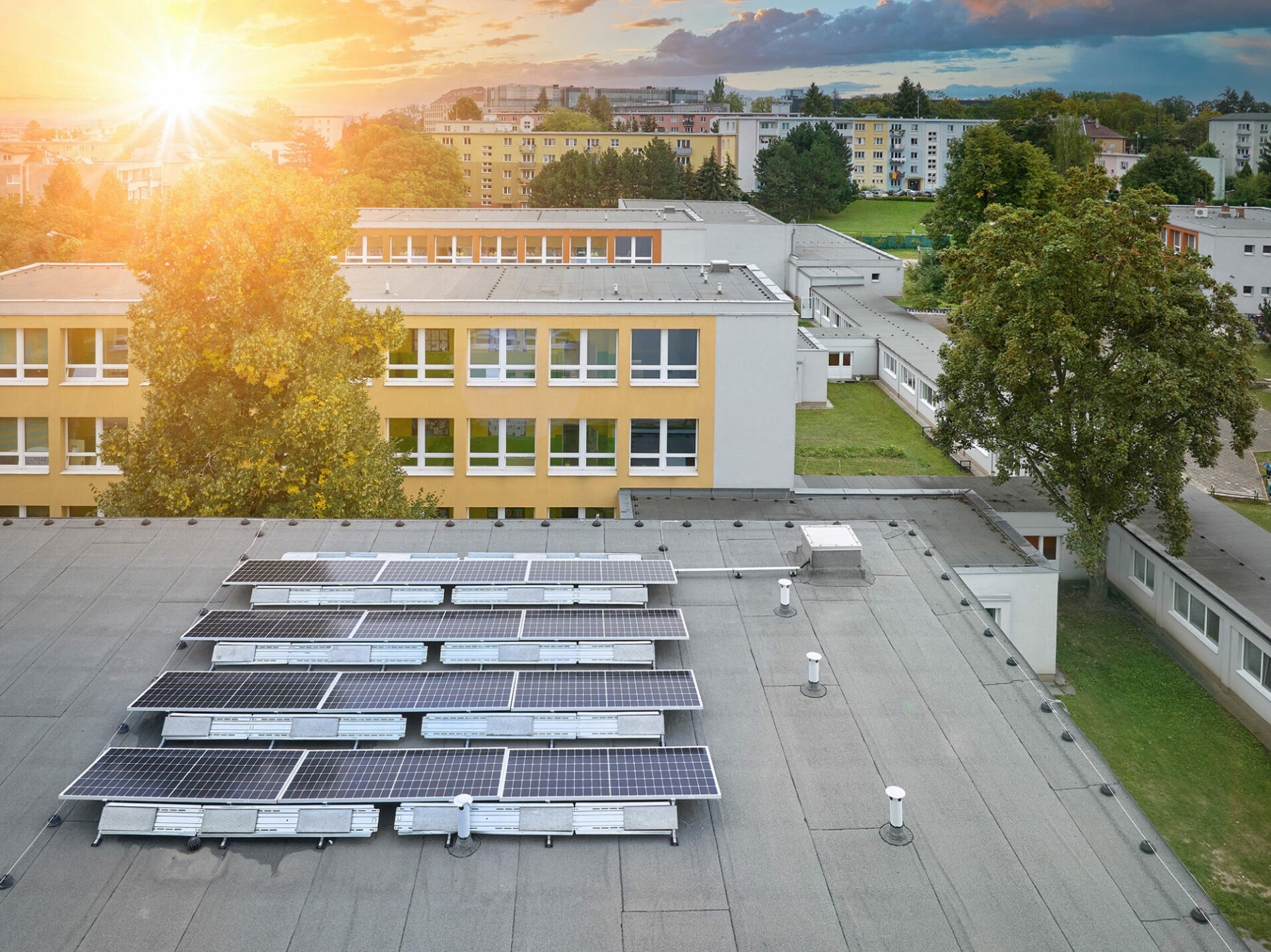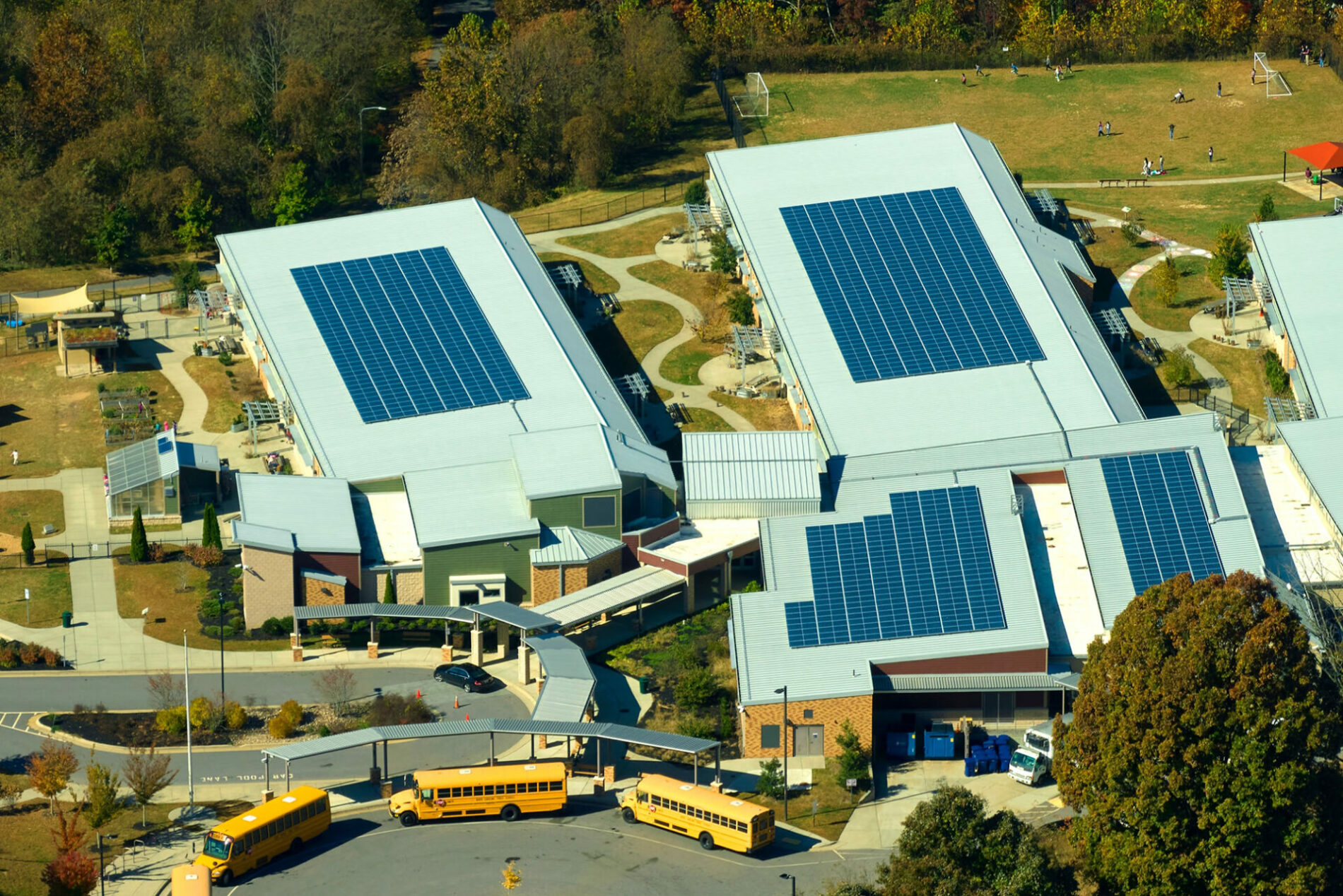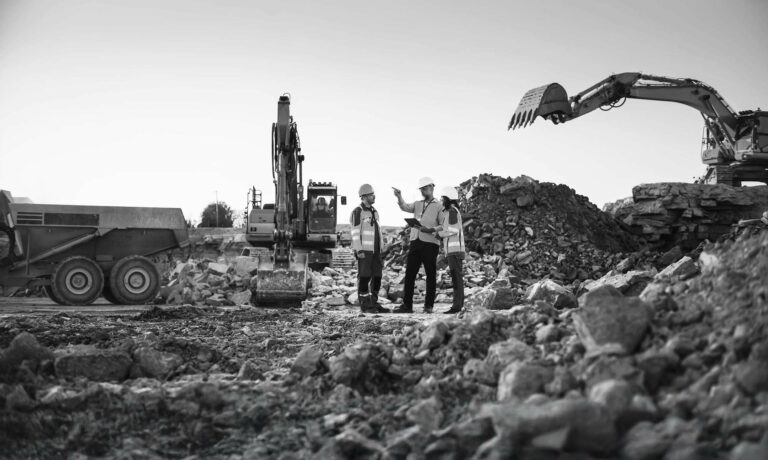New York City has set a new standard for sustainable educational spaces with the development of PS62, also known as the Sandy Ground School. Located in Staten Island, this revolutionary building is the first net-zero energy school in New York City and among the most energy-efficient in the nation. Designed by renowned architecture firm Skidmore, Owings & Merrill (SOM), the school is an example of how cutting-edge technology and environmental education can be seamlessly integrated into the infrastructure of a public building. By producing as much energy as it consumes, PS62 not only reduces its environmental footprint but also fosters a culture of sustainability among students and staff.

The school’s design features multiple sustainable technologies, including rooftop solar panels, geothermal heating, and high-performance insulation. Together, these features allow the building to achieve a net-zero energy balance, meaning it generates all the power it needs through renewable sources. Roger Duffy, the design director at SOM, emphasized the educational value of this approach: “We designed PS62 to be not only a sustainable building but a teaching tool for environmental stewardship.” Duffy explained that the inclusion of green technology within the school’s structure provides students with hands-on learning experiences in renewable energy, energy conservation, and climate awareness, ensuring that these values are ingrained in students from the start of their education.
The project began as part of a broader initiative within New York City to create sustainable public buildings that contribute to the city’s ambitious environmental goals. New York has committed to reducing greenhouse gas emissions by 80% by the year 2050, a target that requires extensive changes across multiple sectors, including education and public infrastructure. In light of this goal, PS62 was developed as a prototype for net-zero energy design within the city’s urban landscape, setting an example that other public buildings are expected to follow. Lorraine Grillo, President of the New York City School Construction Authority, emphasized this broader mission, saying, “This school sets a new benchmark for net-zero energy design in urban settings.” By meeting and exceeding energy efficiency standards, PS62 not only benefits its students but also serves as a model for future schools across the city.
“This school sets a new benchmark for net-zero energy design in urban settings.”
One of the primary energy-saving features of PS62 is its expansive array of solar panels, which cover the roof of the building and capture sunlight throughout the day. These solar panels are capable of generating enough electricity to meet the entire energy needs of the school. In addition to powering classrooms, lighting, and other electrical systems, the solar panels sometimes generate a surplus of energy, which can be fed back into the local power grid. This feature effectively allows the school to act as a small power plant, benefiting the surrounding community by contributing clean energy to the neighborhood. The surplus energy is especially useful during peak usage times, when demand for electricity is high, and traditional energy sources are often taxed. By returning excess energy to the grid, PS62 helps reduce the load on local power plants, which in turn helps cut down on emissions.
Geothermal heating is another innovative component of PS62’s design. The school uses geothermal wells that extend deep into the earth, where the temperature remains relatively constant throughout the year. This stable underground temperature allows the system to efficiently heat and cool the building as needed. During the winter, the geothermal system pulls warmth from the ground and transfers it into the building, while in the summer, the process is reversed, and heat is removed from the building and dissipated into the earth. This method of temperature regulation is both energy-efficient and environmentally friendly, reducing reliance on traditional heating and cooling systems that typically consume large amounts of electricity and contribute to greenhouse gas emissions.
PS62’s design also includes advanced insulation and natural ventilation systems that help regulate temperature and reduce the need for artificial climate control. The building envelope—the outer shell of the school—is constructed with high-performance materials that minimize the transfer of heat in or out of the building. This insulation keeps classrooms warm in the winter and cool in the summer, requiring less energy for heating and cooling. Additionally, the design includes large windows that maximize natural light, reducing the need for artificial lighting during daylight hours. Natural ventilation is achieved through strategically placed vents that allow fresh air to circulate, improving indoor air quality and further reducing energy use.
In terms of financial impact, the school is expected to deliver significant cost savings. By generating its own energy and minimizing reliance on external utilities, PS62 will save an estimated $70,000 per year in energy costs, according to the New York City School Construction Authority. These savings can be redirected toward educational resources and programs, benefiting students directly. The reduced energy costs also relieve financial pressure on the city’s budget, demonstrating the long-term value of investing in green infrastructure.
The educational benefits of PS62 go beyond cost savings and environmental impact. By incorporating green technology into the physical structure of the school, educators have the opportunity to use the building as a teaching tool. For example, teachers can lead students on tours of the school’s solar panels, geothermal systems, and ventilation mechanisms to illustrate concepts related to renewable energy and climate science. This hands-on approach allows students to witness firsthand how sustainable technology works in practice, providing a tangible context for abstract scientific concepts. “By integrating green technology into the school’s structure, we’re educating students on renewable energy, conservation, and climate awareness from day one,” explained Duffy. This practical exposure helps students understand the importance of environmental responsibility and prepares them to be conscious, informed citizens.

PS62’s influence extends beyond its students to the surrounding community. As New York City’s first net-zero energy school, it serves as a symbol of the city’s commitment to sustainability and climate action. Local residents have taken pride in the school’s achievement, viewing it as a forward-thinking investment in the future of their community. The school’s ability to return excess energy to the local grid also fosters a sense of shared responsibility, as residents benefit from the additional clean energy being produced in their area. This communal approach to sustainability underscores the idea that green initiatives can have a positive ripple effect, benefiting not only those directly involved but also the broader community.
The construction of PS62 reflects a growing trend in urban planning and architecture to incorporate sustainable practices in public buildings. New York City’s School Construction Authority has already begun applying lessons learned from PS62 to other projects, with plans to introduce net-zero energy elements into more schools and public buildings across the city. By leading the way in sustainable architecture, New York City is positioning itself as a model for other urban areas seeking to reduce their carbon footprint.
Architects and environmental advocates are watching PS62 closely, as its success could pave the way for further innovations in sustainable school design. In addition to the environmental and economic benefits, the project has set a new standard for how schools can serve as spaces of both learning and community development. By demonstrating that net-zero energy design is possible even in densely populated areas like New York City, PS62 challenges other cities to pursue similar projects and embrace the possibilities of sustainable construction.
PS62’s completion represents a significant milestone in New York’s journey toward a greener future. As the city continues to strive toward its climate goals, the success of PS62 provides a roadmap for how public institutions can contribute to these efforts. The school’s design is a testament to the potential of sustainable architecture and the role it can play in shaping the next generation’s attitudes toward the environment. With PS62, New York City has shown that it is possible to create public buildings that are not only functional and cost-effective but also environmentally responsible and educationally enriching.


















